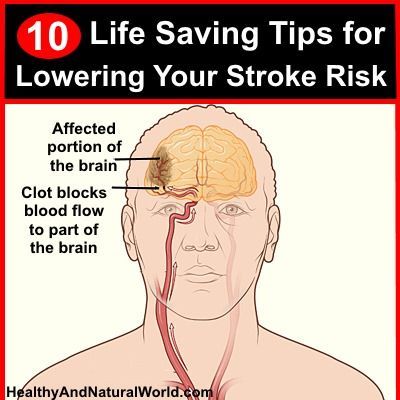Stroke is a serious medical condition that occurs when the blood supply to the brain is disrupted or reduced, resulting in brain cell death. It is a leading cause of disability and death globally, but the good news is that many risk factors for stroke are modifiable. By making certain lifestyle changes and adopting healthy habits, you can significantly lower your risk of stroke. In this article, we will explore some effective strategies to help you prevent stroke.
Maintain a Healthy Diet
Eat Plenty of Fruits and Vegetables
Fruits and vegetables are rich in vitamins, minerals, fibers, and antioxidants. Including a variety of these in your daily diet can help reduce the risk of stroke. They are low in calories and high in nutrients, making them an excellent choice for maintaining a healthy weight and preventing obesity, which is a risk factor for stroke.
Choose Whole Grains
Whole grains are a great source of dietary fiber, which helps reduce cholesterol levels and improve heart health. Replace refined grains, such as white bread and white rice, with whole grain alternatives like brown rice, whole wheat bread, and oatmeal.
Engage in Regular Physical Activity
Aim for at Least 150 Minutes of Moderate Exercise Each Week
Regular physical activity is crucial for maintaining a healthy weight, reducing blood pressure, and improving overall cardiovascular health. Engage in activities like brisk walking, swimming, cycling, or dancing for at least 150 minutes spread across the week.
Include Strength Training in Your Routine
In addition to aerobic exercises, incorporate strength training exercises into your routine. Strengthening your muscles can improve your balance, coordination, and overall physical fitness, reducing the risk of stroke-related falls or injuries.
Manage Your Blood Pressure
Monitor Your Blood Pressure Regularly
High blood pressure is a significant risk factor for stroke. Check your blood pressure regularly to ensure it is within the healthy range. If it’s consistently high, consult your healthcare professional to develop a plan to manage and control it.
Reduce Sodium Intake
Excessive sodium intake can contribute to high blood pressure. Limit your consumption of processed and packaged foods, as they often contain high amounts of sodium. Cook meals at home using fresh ingredients and flavor them with herbs and spices instead of salt.
Quit Smoking
Seek Professional Support
If you’re a smoker, quitting is one of the best things you can do to lower your risk of stroke. Seek support from healthcare professionals, join support groups, and consider nicotine replacement therapy or medication to increase your chances of successfully quitting.
Avoid Secondhand Smoke
Exposure to secondhand smoke can also increase your risk of stroke. Encourage your loved ones to quit smoking if they do and avoid places where smoking is allowed to reduce your exposure to secondhand smoke.
Conclusion
Lowering your risk of stroke requires adopting a holistic approach towards a healthier lifestyle. By maintaining a healthy diet, engaging in regular physical activity, managing your blood pressure, and quitting smoking, you can significantly reduce the chances of experiencing a stroke. Remember, prevention is always better than cure. Take control of your health today and start implementing these strategies to lead a stroke-free life.

